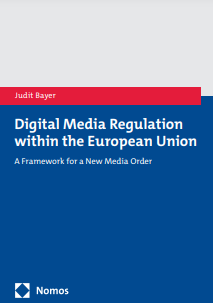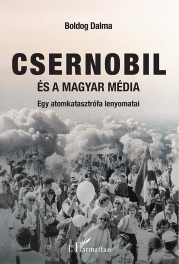Keyword – fashion
Huszti-Szlama, Gabriella Zsófia:
Huszti-Szlama, Gabriella Zsófia:
”There was a stampede, the crowd shouted abuse and then ripped their clothes off...”
In recent years, the concept of moral panics has been in the spotlight of interest again, mainly because of issues linked with current politics, society, the economy, and culture such as migration, artificial intelligence, the Russian-Ukrainian war, and the Israeli-Palestinian conflict. The term was first used in 1971 by Jock Young, and the theoretical framework was developed by Stanley Cohen. Most researchers used the concept to analyse contemporary changes, but it has also been used to study historical themes such as witch hunting and the widespread garottings in London in the mid-19th century. In the context of the historical extension of this term, the paper will look into the moral panic caused by women’s trousers in the Hungarian press between 1896 and 1914.
Keywords: dressing, fashion, moral panic, turn of the century, women wearing trousers
”There was a stampede, the crowd shouted abuse and then ripped their clothes off...”
Médiakutató Winter 2023 pp. 17-33 https://doi.org/10.55395/MK.2023.4.1
Szlama, Gabriella Zsófia:
Szlama, Gabriella Zsófia:
The representation of women wearing trousers in satirical periodicals between 1896−1914
In the 19th century, caricatures, illustrations, anecdotes, reports and poems in satirical journals became extremely popular. The publicists of widely-read journals, such as Borsszem Jankó, Kakas Márton and Bolond Istók had a marked opinion on topics related to politics and public life. Contemporary fashion was also subject to the authors’ witty comments, as they caricatured numerous aspects of women’s trousers such as the expenses of women’s dressing and the style of the new collections. This paper examines the different ways the above-mentioned periodicals caricatured women who wore trousers. It highlights the various formats of jokes and activities related to women’s trousers (e.g., sports and theatrical costume). The research covers the period 1896–1914 and the corpus consists of 65 articles.
Keywords: clothes, dressing, fashion, satirical journals, trousers
The representation of women wearing trousers in satirical periodicals between 1896−1914
Médiakutató Winter 2020 pp. 35-54
Hermann, Veronika – Keszeg, Anna:
Hermann, Veronika – Keszeg, Anna:
Glorious Times
Questions raised by the analysis of individual and collective aspects of nostalgia in the social sciences have focused not only on the desire for our former self or on the contradiction between collective and individual remembrance, but also, more generally, on what patterns are behind the rethinking and narrating of the past. Media texts structured around nostalgia as a narrative organising element, saturated with textual and ritual functions, create a metaphor for temporality in which images and texts produce a nostalgic experience. The recording of the individual and social experiences of nostalgia often acts in a spatial manner, which is inconsistent with the traditional modus operandi of both mediums. The topography of nostalgia narrates the past not only in time but also in space, combining homeliness with walkability. In this paper we want to show how nostalgia redistributes time through a variety of media texts coming from mainstream popular culture where in our consumption practices a fictitious past continually collides with a contradictory historic one. The field of analysis of nostalgia practices are the 1960s and its nostalgic media representations. One case study is related to the representations of 1968 in contemporary fashion media products (mainly those of the Gucci fashion house) and the other is George Lucas’s American Graffiti (1973), a movie made in the 1970s, situated in the 1960s, and stylistically placed in the 1950s in a narrative that is nostalgic at its core.
Keywords: Cold War, cultural memory, cultural studies, fashion, France, mass culture, mediated memory, memory politics, moving pictures, societal nostalgia, United States of America
Médiakutató Spring 2020 pp. 107-114



